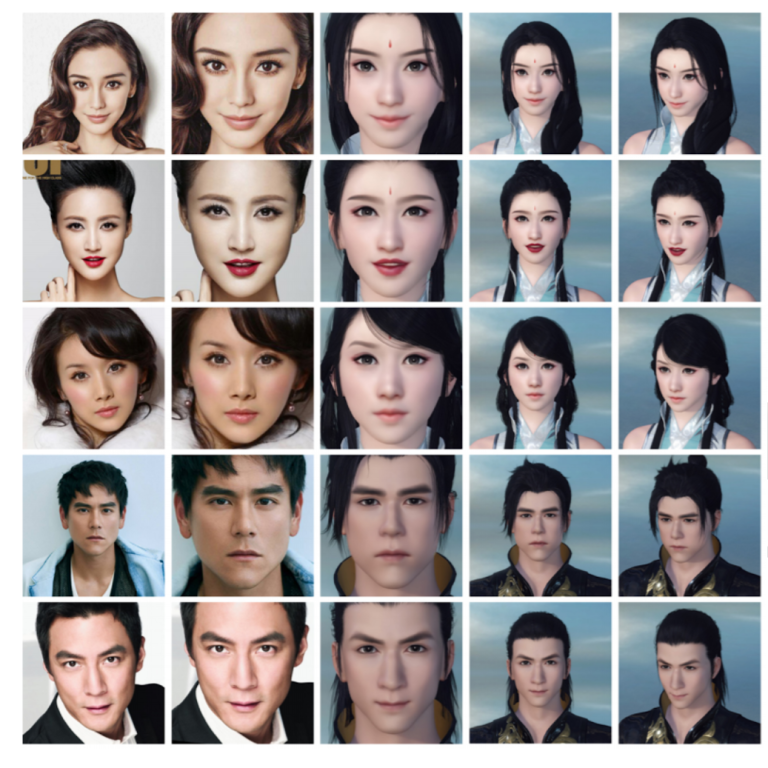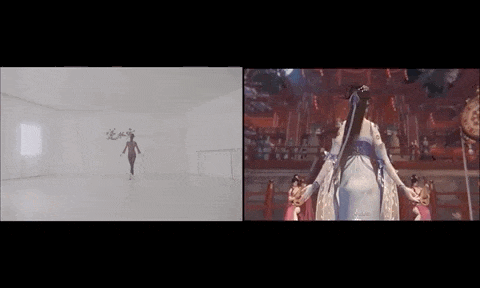
NetEase can use AI to turn you into a game avatar with one selfie
NetEase is investing heavily in AI to create better gaming experiences, but it has to contend with rivals like Tencent and Reallusion
Have you ever wanted to play as yourself in a video game? NetEase has given this old dream an upgrade with artificial intelligence, allowing the company’s flagship MMORPG game, Justice, to construct an in-game model of a player from a single selfie.
NetEase said the feature has already been employed by Chinese gamers more than 1 million times. It's a step up from most character creation systems currently available in games, which require players to manually put in hundreds of parameters before getting a lifelike character.
“[Going forward],0 2D pictures will create not only faces but also hairs, expressions and even movements that can make the entire character more lifelike,” NetEase told us.
“Now this technology is just a feature in the game. But we will let game developers create game characters with this technology in the future,” they added.
But these AI-generated avatars don’t just spring fully-formed from a single image. It does require a little user input. A player first has to adjust a few sliders to get the avatar looking just right.

AI helps NetEase take this tech further. The company trains its system to understand the bone features in human faces. Current face reconstruction schemes available on the market treat skin like molded mesh, according to NetEase. But by understanding facial bone structure, this new system can quickly render 3D game characters with minimal user input.
The effect is an avatar that looks like it actually belongs in the game. This is perhaps the most challenging part of creating avatars based on real people.
NetEase has been investing a lot in AI. In addition to enabling better in-game effects, the company hopes it will lead to better interactive experiences for gamers and help game developers.
“I think Netease (and China) understands that perpetual AI research and development will expand their toolset and capabilities in the game,” he said. He added that potential benefits range “from developing new gameplay mechanics, to populating game content, to potentially even finding new business models.”
“This technology developed by NetEase is certainly very strong,” Zeng said. “[But] China as a whole is still just beginning to see AI in video games. Many studios still have to use software made by foreign companies.”
For more insights into China tech, sign up for our tech newsletters, subscribe to our award-winning Inside China Tech podcast, and download the comprehensive 2019 China Internet Report. Also roam China Tech City, an award-winning interactive digital map at our sister site Abacus.

